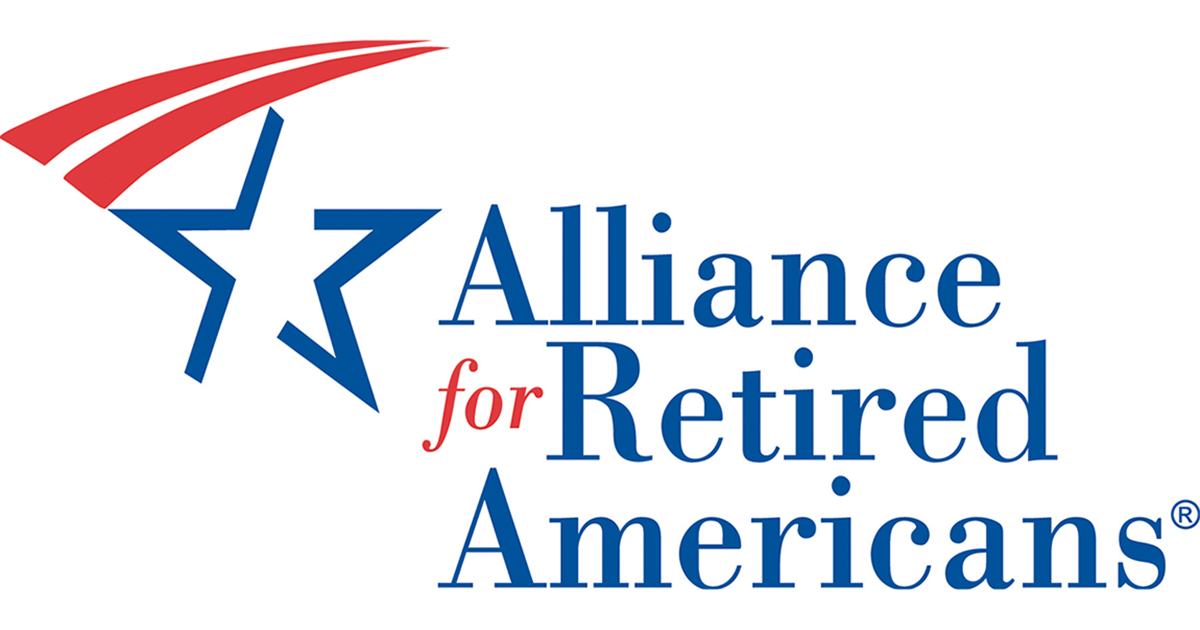December 19, 2022
Higher Number of Seniors Living Alone Brings Housing, Elder Care Issues to the Forefront
More older Americans are living by themselves than ever before. Despite this, researchers and advocates say too little attention is being paid to keeping them healthy as they age and ensuring that the nation is able to keep up with a growing demand for affordable, accessible housing.
People 50 and older who live alone are one of the country’s fastest-growing demographic groups, in large part because the 50-plus population today is more likely than earlier generations to be divorced, separated or never married. Today nearly 30 percent of American households have a single occupant, versus 13 percent in 1970. For households headed by someone 50 or older, that figure is 36 percent.
National Institute of Health research shows that many people aging alone may experience worse physical and mental health outcomes and shorter life spans. Compounding the challenge, a growing share of older adults — about 1 in 6 Americans 55 and older — do not have children, raising questions about how elder care will be managed in the coming decades.
The nation’s housing supply also has not kept up with the changes. Forty years ago, units of less than 1,400 square feet made up about 40 percent of all new home construction; today, just 7 percent of new housing units are smaller homes, even though the number of single-person households is surging.
This has made downsizing more difficult, as big, older houses sell for less than what a single adult needs to establish a new, smaller home and still pay for their living and health care expenses in retirement.
“It is no secret that 10,000 Americans are turning 65 every day,” said Richard Fiesta, Executive Director of the Alliance. “Our country needs to do more to support family and paid caregivers and invest in affordable and accessible housing.”

